Yevlakh stands as a significant economic, transportation, and agricultural hub of Azerbaijan, strategically situated at the crossroads of the country’s primary regions.
Owing to its fertile lands, this area has long been a center for agriculture and trade, making substantial contributions to the national economy.
While modern Yevlakh is a relatively young city, its development commencing in 1935, the region preserves numerous historical, ethnographic, and tangible cultural monuments that attest to settlements existing here in antiquity.
Among Yevlakh’s archaeological sites are the Kochtepe burial mounds, dating back to the 3rd millennium BCE and located near the village of Karamammadli, as well as burial mounds from the Bronze and Iron Ages near the village of Karamanli. Notable historical and cultural monuments include an ancient necropolis near the village of Khaldan and the ruins of an ancient city (Eres), medieval burial mounds and settlements, and a 19th-century mosque near the village of Malbinisi.
In the present day, Yevlakh’s developed infrastructure and expanding industrial sector establish it as a crucial link connecting the north, south, west, east, and center of Azerbaijan.
Beyond its economic role, the city harmoniously blends modern advancements with regional traditions, occupying an important place in the economic and cultural fabric of the nation. Summers in Yevlakh are hot and clear, with dry conditions prevailing throughout the year.





